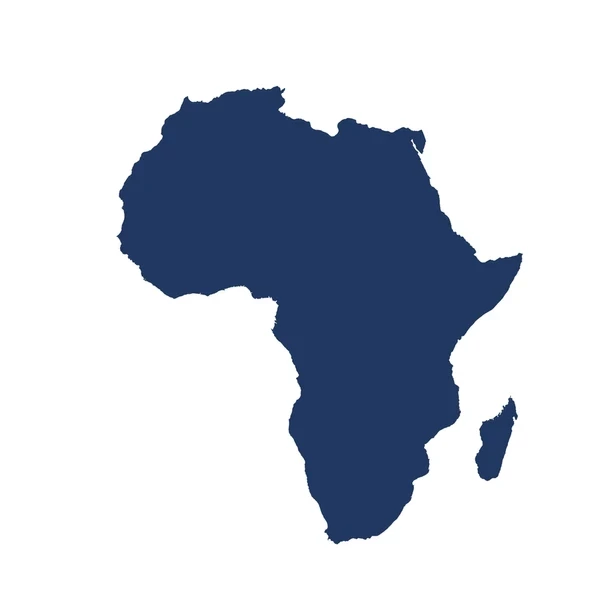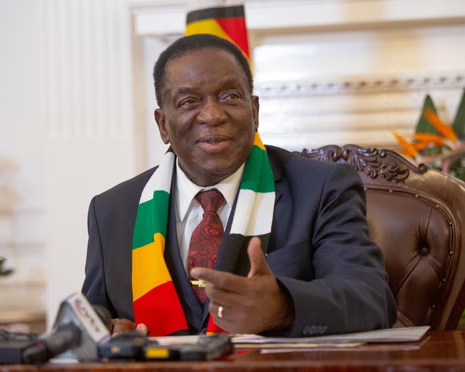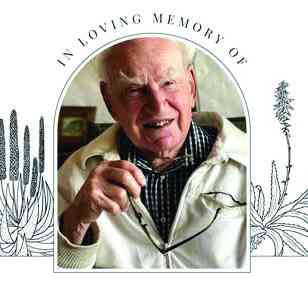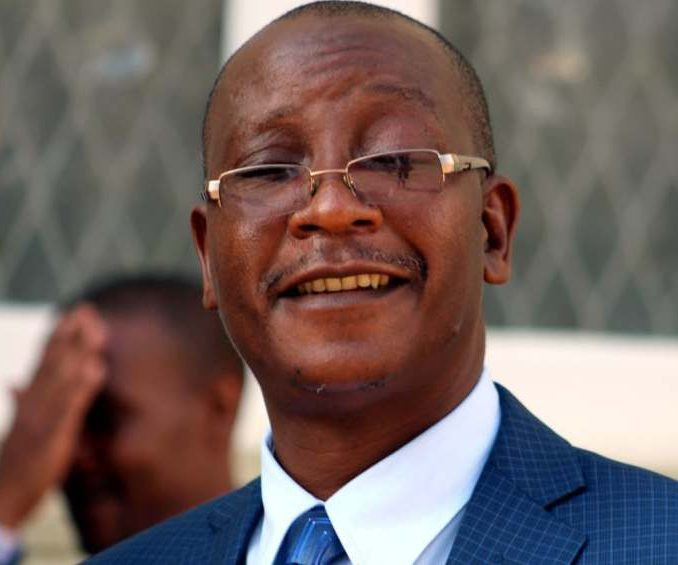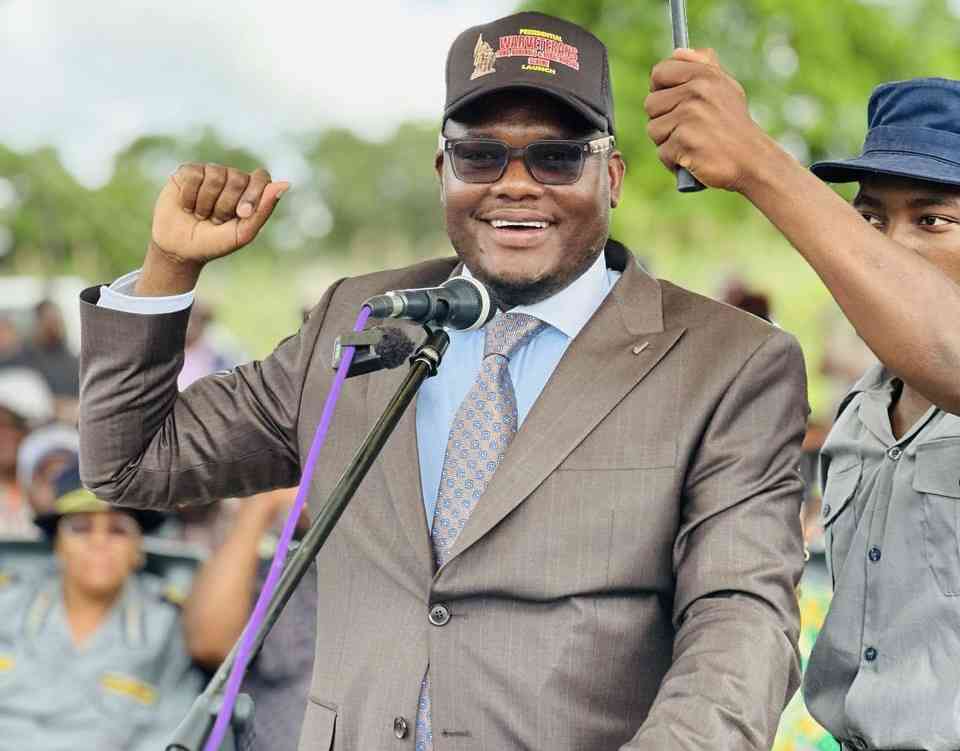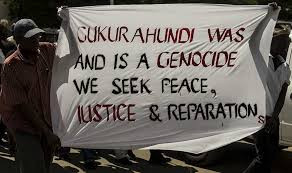
The year 2024 was bad for the Church of England (COE). It is the biggest Christian denomination in England, and its Supreme Governor is the monarch, which means it has massive power.
In November 2024, its most senior leader, Archbishop Justin Welby was forced to resign when it emerged that the church was aware one of its senior members, John Symth, had physically, emotionally and sexually abused over 100 young men in England, Zimbabwe and South Africa.
These abuses began in the 1970s and continued into the 2000s.
In 2024, an independent panel of reviewers investigated and reported on Symth’s activities committed in the 1970s in England.
One of the findings was that despite being aware, the COE and Welby played possum, and pretended not to know about Symth’s abuses.
The report is a classic renewal of history and has triggered serious introspection by an embarrassed COE.
This debacle reminded me of the linguistic wisdom of the Ndebele people encapsulated by a short axiom, icala kaliboli, translated to mean that people will forever seek restitution until justice is done.
It is an affirmation of a restorative justice logic, where survivors, victims and perpetrators are afforded a genuine opportunity to heal from a trauma they carry.
- Kireni Zulu takes acts to Mutare
- Hebrew scriptures: Can we still believe in a soul?
- Durban floods: South Africa floods kill more than 250 – officials
- Stunner beats up wife
Keep Reading
Trauma results when a person experiences extremely stressful, frightening or distressing events that are beyond their control.
Trauma leads to emotional wounds, often characterised by continuous fear, anxiety, numbness and confusion. It is a festering internal wound that requires deliberate interventions to help it heal.
For such interventions to be effective, they must answer the interrogative Who, What, Where, When and Why questions.
Between 1980 and 1987, people in Matabeleland and Midlands Provinces were thrust into a state-sponsored traumatic genocidal experience codenamed Gukurahundi, whose wounds remain unhealed up to now because nothing has been done to ensure restorative justice for victims.
Tens of thousands of innocent people were shot dead, torched in grass huts, thrown into disused mines, or simply disappeared.
From conceptualisation, this operation had state-led tribalism and power retention intentions as its objective.
In his tell-all biography In the shadow of Mugabe’s gallows, Kevin Woods, once the head of the Crime Prevention Unit in Bulawayo, and a senior member of the Central Intelligence Organisation (CIO) during genocide years, says the young people recruited into the Fifth Brigade were ‘very strictly screened’ from the then Prime Minister’s tribe.
They were fed a ‘brain-numbing ideology’, whose objective was to ‘re-orient the Ndebele people of western Zimbabwe’ to support the ruling party.
At their 1982 pass-out parade, the Fifth Brigade commander Perence Shiri told the graduates, ‘From today you will start dealing with dissidents. Whenever you meet them, deal with them, and I don’t expect a report back’.
This explains why there is no official record of how many died. Shiri’s words gave the Brigade power to kill and not tell.
In their eyes, every Ndebele person they met was a potential dissident, to be dealt with ruthlessly.
At age 10, I became one of the survivors of the Fifth Brigade.
It was around March 1984 on our way to school in Silobela when we met them, clad in their camouflage and red berets, heavy guns slung across their backs.
We were a group of innocent 7-12-year-olds whose only preoccupation was to be on time for school to avoid headmaster Mjubheki Sibanda’s cane.
The soldiers stopped us and asked where the dissidents were. We were too young to comprehend the dynamics, and what an appropriate response would have been.
We simply said we did not know. A rude awakening came when the oldest amongst us was given a sudden clap for giving the same answer several times.
Being the tallest, I was commanded by one of the soldiers to put his metallic water container back into one of the many side pockets of his overpacked backpack.
I struggled to do this as my hands kept shaking. Expectedly, with a suddenness that beats anticipation, a reverse handclap landed on my face, slightly blinding my vision.
There was further interrogation. Any response deemed too delayed was met with a hard clap.
After about an hour, a radio communication demanded that the soldiers rush elsewhere. They let us go, but not before ordering us to proceed to school.
Later I reported at home what had happened. There were already whispers that the Brigade had taken three village men.
My Mother told my sisters and me to pack whatever we valued because we would be leaving the next morning. There was a six-to-six curfew, and buses had stopped operating because several had been torched either by the Fifth Brigade or by dissidents.
We left home slightly before six the next morning and walked the whole day, off-road for the most part, covering over 20 kilometres to a place where we could get transport.
In 2020, I shared this story with a friend of mine, who was surprised by the detail I gave.
He asked me how my experience with Gukurahundi had impacted my life.
Up until then, I had read and heard other people’s gruesome experiences of deep torture, rape and killings, and had never considered my single contact with the Brigade as a traumatic event.
Fleetingly, my friend told me that traumatic experiences do not become non-traumatic simply because we or someone else wanted them not to be.
After that conversation, I have come to realise that the clarity and vividness with which I recall the 1984 events when I was doing my fourth grade represent a frozen moment.
Why has it not gone away?
I still remember it in detail because the Gukurahundi moment has a constant presence that continuously replays in a victim’s psyche as and when it wants to, without the victim’s control.
It is like a constant rear-view mirror vision that always distracts one from seeing clearly what is in front.
In other words, it is trauma that many victims have lived with since Gukurahundi started, but have never acknowledged its power in the process of their living.
Many families in the affected regions went through torturous experiences that have a permanent presence in their daily lives.
Many of them have not been able to connect their present hopelessness with the trauma they carry.
In real terms, time has been frozen for them as the pain they experienced then, is still present now. Everything is interpreted using Gukurahundi lens.
The reason why John Symth’s 1970s actions in the United Kingdom have come back to haunt the COE is because the trauma his victims went through was not resolved.
This is the same with Gukurahundi survivors. There is need for a genuine restorative justice-informed solution to be found for Gukurahundi.
No one, including the state, must live under the illusion that victims and survivors of Gukurahundi will simply forget what happened.
The resentment victims and survivors have against the leaders who either participated in or enabled the violence cannot be wished away.
The current government has promised to institute a Gukurahundi Outreach Programme which may be good.
However, the worst government can do would be to embark on another disingenuous process that does not answer the Who and Why questions.
These two questions are key because they constitute a true measure of the state’s genuineness. Without that, the outreach programme will constitute another Chihambakwe Commission, a mission to silence, rather than heal the nation.
- *Dr Zenzo Moyo is an independent researcher and associate researcher at MISTRA and Gothenburg University.
- This is the first of a series of 12 opinion pieces written by Zimbabwean academics that will be published monthly by The Standard. The articles will touch on many aspects of the Gukurahundi genocide, including reasons why it should be characterised as state-led genocide, what impact it had on the Matabeleland economy then and now, the role of the international community in enabling the genocide, the theory of impunity and challenges of seeking justice, the significance of memorialization of Gukurahundi, the long-announced-but-still-to-be-started state-led Gukurahundi Community Outreach Programme, and the hidden agendas it harbours.

